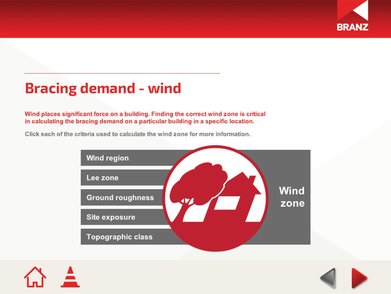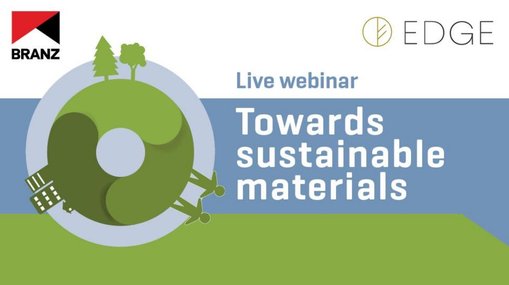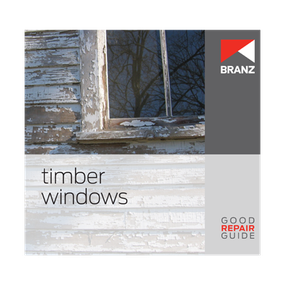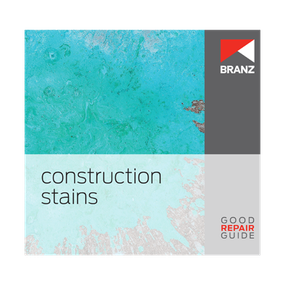

Module: Introducing bracing
Product Description
Forces from wind and earthquakes place demands on a building. These demands are calculated for a particular building so that the building can be designed with enough bracing capacity to resist the demand and perform structurally.
Topics covered in this self-paced module:
- Wind bracing
- Earthquake bracing
- Library
Gain 100% in the test at the end of the module, and you'll receive a record of your completion that can be submitted as part of your CPD activity log.
| Publication date | 29 May 2020 |
|---|---|
| Product type | eLearning module |
| Availability | Available |
| Product code | EL003 |
Products you recently viewed
Webinar: The Carbon Challenge - Carbon challenges
We explore some of the challenges we face in reducing carbon emissions.
Please note: that access to this webstream will expire after 1 month.
Webinar: Towards sustainable materials
This BRANZ/Edge Environment webinar explores the need to move to a circular economy – one that also addresses climate change and modern-day slavery.
Webinar: H1 - Windows, doors and skylights
This BRANZ webinar, in partnership with the Window and Glass Association of New Zealand (WGANZ), brings together experts from BRANZ, WGANZ and MBIE to explain the compliance requirements in H1/AS1 5th edition amendment 1.
Please note: that access to this webstream will expire after 1 month.
Webinar: LCAQuick
This webinar provides a basic introduction to using the BRANZ building Life Cycle Assessment tool, LCAQuick. It builds on the Life Cycle Assessment webinar by providing a practical demonstration of LCAQuick, going over the basic inputs and outputs of the tool.
Good Repair Guide: Timber windows
Until the 1970s, the main material used for window frames and sashes in New Zealand houses was timber. A large proportion of houses still have timber windows, and these can last for a very long time if well maintained and repaired when necessary.
This Good Repair Guide covers the repair of timber windows using materials and styles to match the existing. It looks at common problems, how to repair and replace windows, rules and regulations and health and safety.
Disclaimer: Please note that our publications reflect the regulations and best practices on the date of release, which is shown on the publication. As regulations and industry standards evolve, we always recommend that our publications be read in conjunction with the latest building code clauses and standards.
Good Repair Guide: Construction stains
Building and renovation work can result in spills and splashes causing undesirable staining on nearby surfaces. The most common substances likely to cause staining if not handled or used correctly include:
- paints, varishes and stains (waterborne and solventborne)
- oil, grease and wax
- adhesives
- sealants (silicone and latex)
- concrete and cement-based mortar and grout
- asphalt and tar.
This Good Repair Guide covers:
- the solvents and cleaners available for stain removal and the procedures for removing different types of construction-related stains without damaging the underlying material
- physical removal options such as abrading, rubbing, sanding, scraping, sandblasting, grinding, steam cleaning, brushing or scouring where appropriate
- dry materials that may be applied to a stain or spillage.
Disclaimer: Please note that our publications reflect the regulations and best practices on the date of release, which is shown on the publication. As regulations and industry standards evolve, we always recommend that our publications be read in conjunction with the latest building code clauses and standards.





